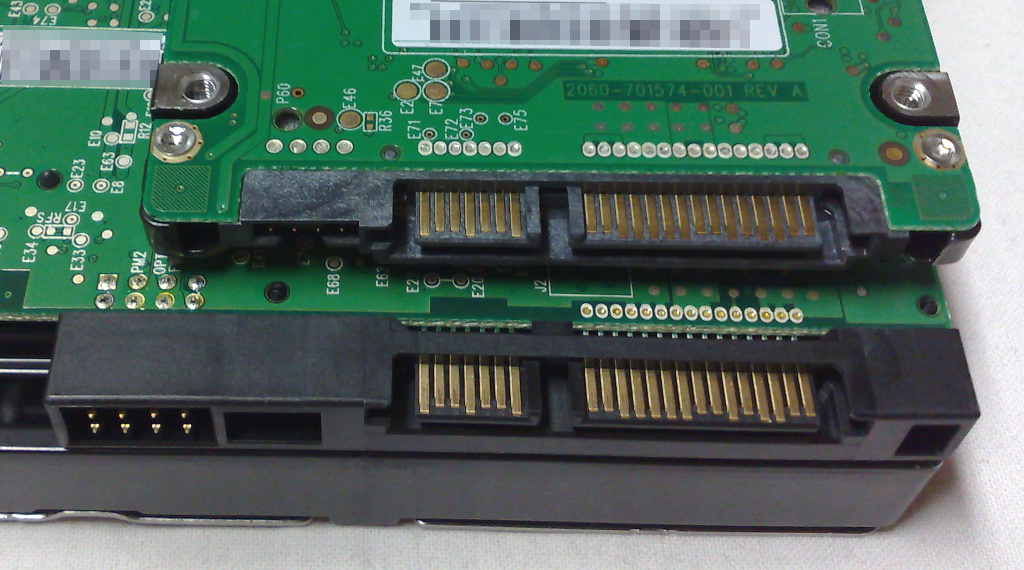The date, my friends, was 2015. I told you about eSATAp, a burgeoning standard that would solve one of the pressing problems of our time. Or at least it would have, if something better hadn’t come along pretty much instantly. You’ve never heard of eSATAp most likely, and there is one reason: USB-C.
What was eSATAp and why would have been so great?
One of the constant problems of the computer era is the need for fast storage. No one wants to wait for a large file to transfer. The hard part really, is defining the word “fast.” Today we can move the entire contents of a floppy disk in a fraction of a second. This is true with even the slowest flash drive. But, that’s a useless metric because people want to transfer whole movies in 4K now. You need storage that can keep up.
And yes, having a connection to the cloud helps, but we still sometimes need our portable hard drives. When the files are truly huge, having that physical storage is a must.
The problem is that hard drives use a standard called SATA. It’s an evolution of the original hard drive standard used in the IBM Personal Computer AT in the 1980s. It’s so common that almost all the hard drives in the world use it. Even if you have a USB-attached hard drive, the hard drive itself is SATA. You just don’t see it because the SATA connection is hidden.
The SATA connector comes in several shapes but there’s always something like this:

The gold connections are the SATA connections. There’s a power and a data connection.
The problem when you connect a USB cable to a SATA hard drive is that you lose speed. There has to be some sort of controller chip that converts what USB is providing on one cable to the two connections on a SATA hard drive.
One attempt to standardize this process was eSATAp.
The goal of eSATAp was to provide power and data on one cable, using a port that would accept either a USB cord or a standard SATA cable. Sounds like a great idea right? Makes everything easier, right? And you know what, it would have. It would have worked great. But as much fun as all that is, it’s still not as fun as…
USB-C.

By now you’re probably familiar with USB-C. It’s a connector that’s the same size as the MicroUSB you used to use to charge your phone. Unlike that old connector on your old phone, it’s impossible to put in upside down. And, more importantly, it’s a lot faster than an old USB cable.
USB-C is so fast that it doesn’t matter that you need an extra chip to translate it to SATA. It’s a smaller connection, easier to put in, and more durable because the pins are more shielded. It not only beats eSATAp, it steals its lunch money and leaves it crying in the corner.
One interesting use of eSATAp
DIRECTV’s long-gone H44 receiver used an eSATAp hard drive to allow for power and connection on a single cable. Using eSATAp allowed the external hard drive to work just like an internal one, providing smooth recording and playback. Unfortunately the idea of the H44 never really took off in the market. People didn’t want a receiver that could convert to a DVR. They just wanted a DVR.
Any hope for an eSATAp revival?
Slim to none. eSATAp isn’t as good or as fast as USB 3.1 over the Type C connection. While it is a direct cable connection that should give you the best low-latency experience, USB-C is so popular and so fast that there’s no need for anything else.



